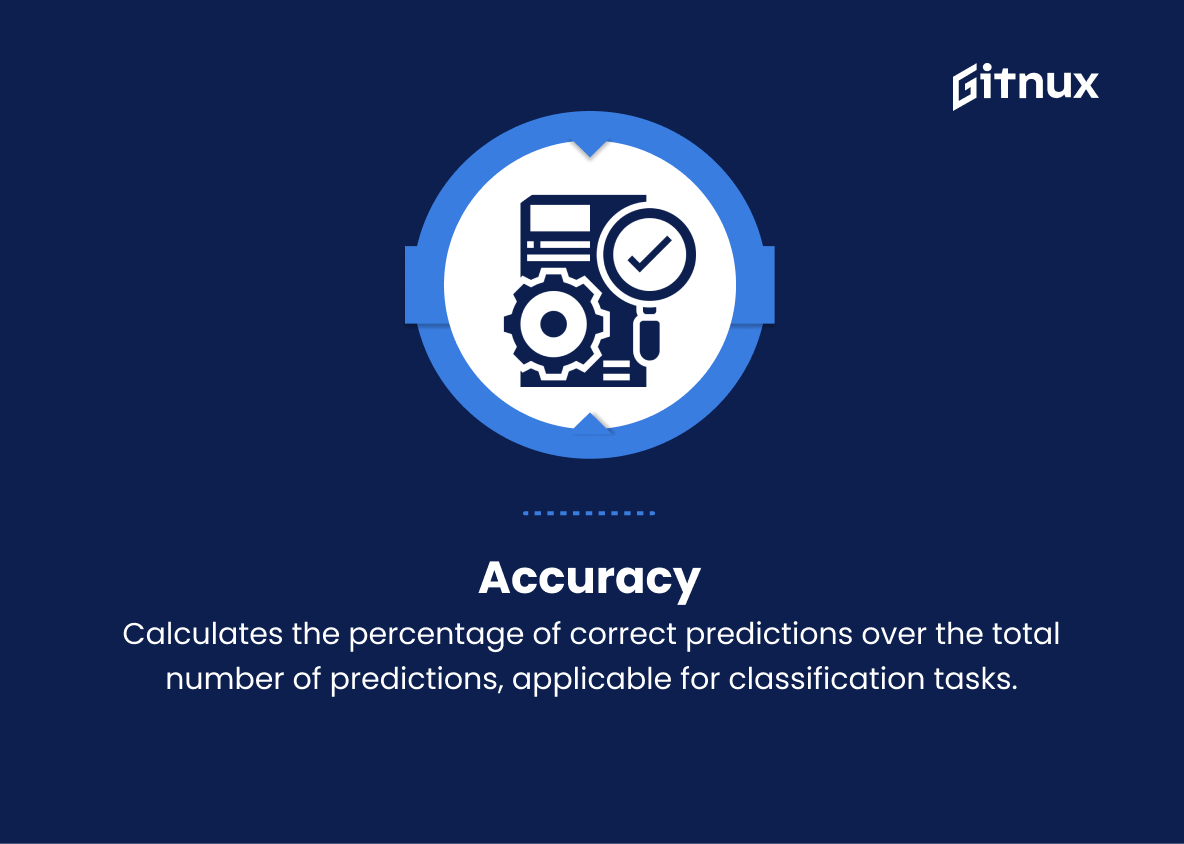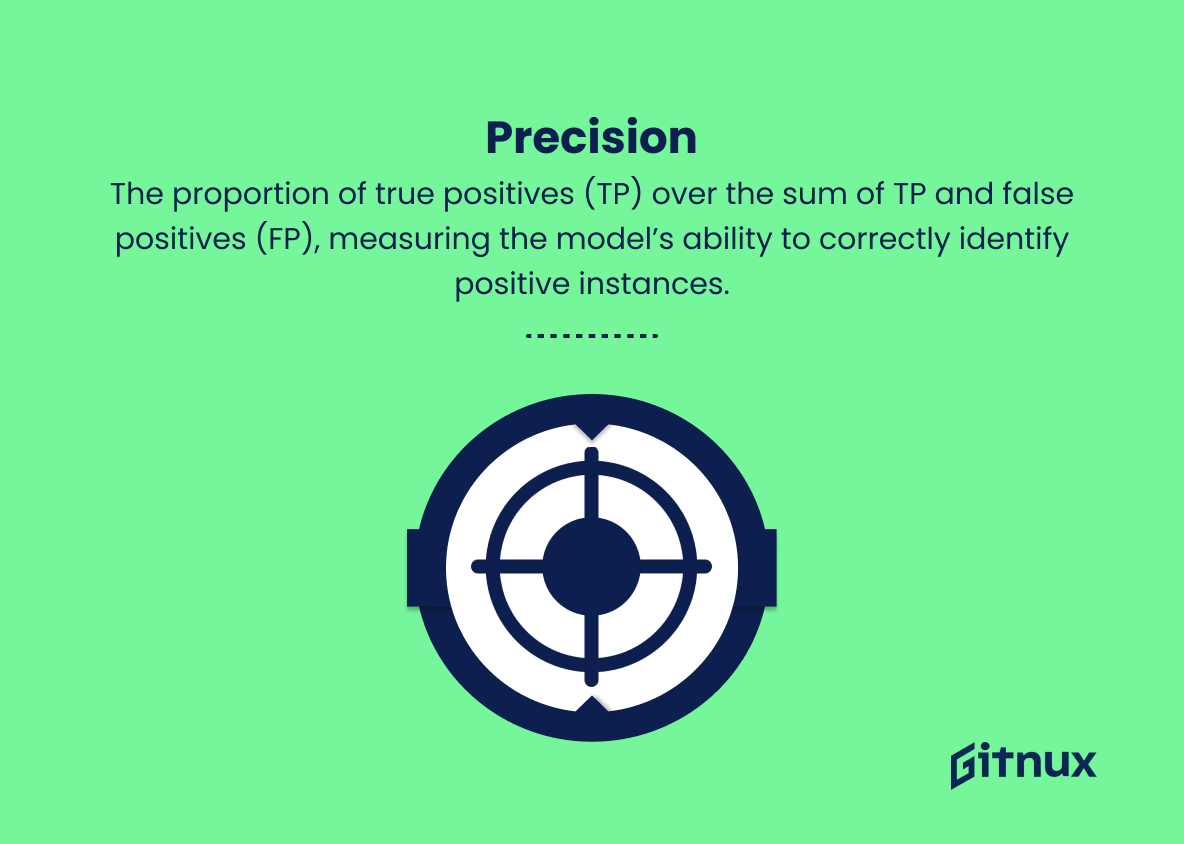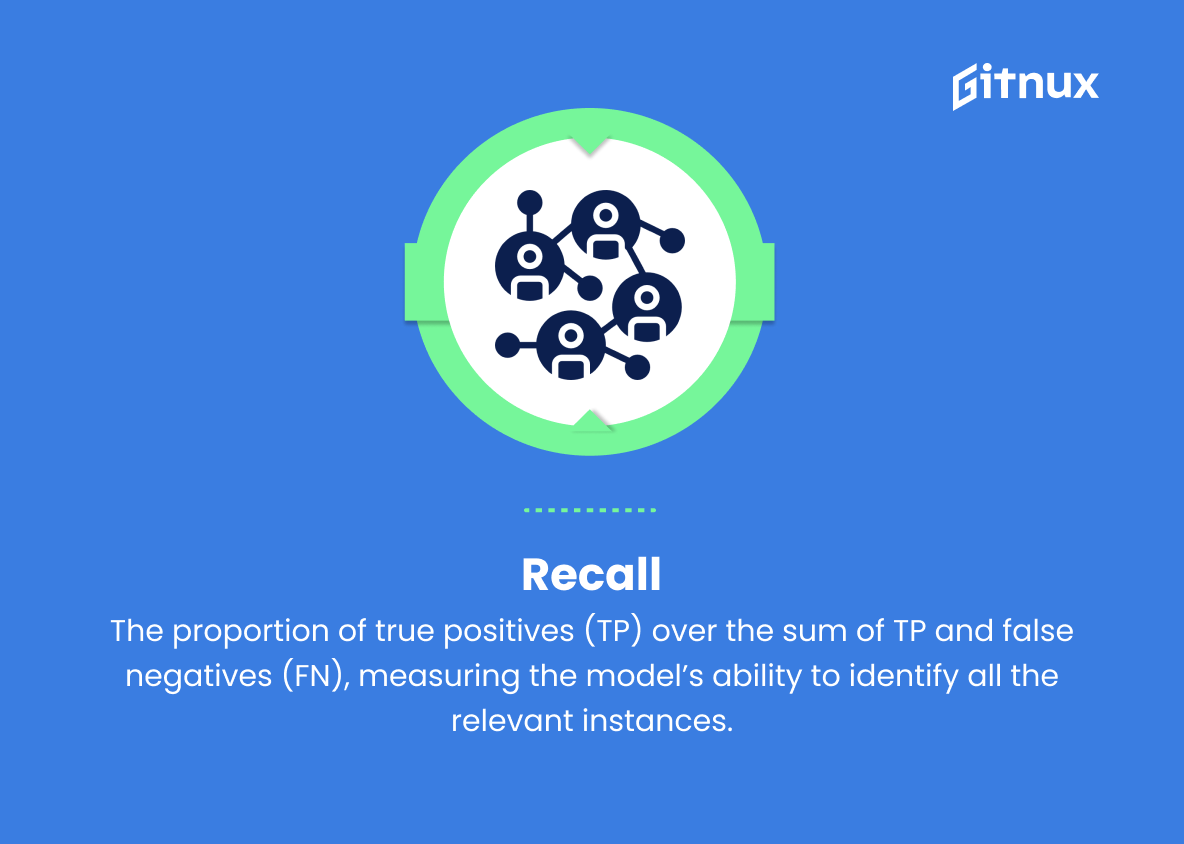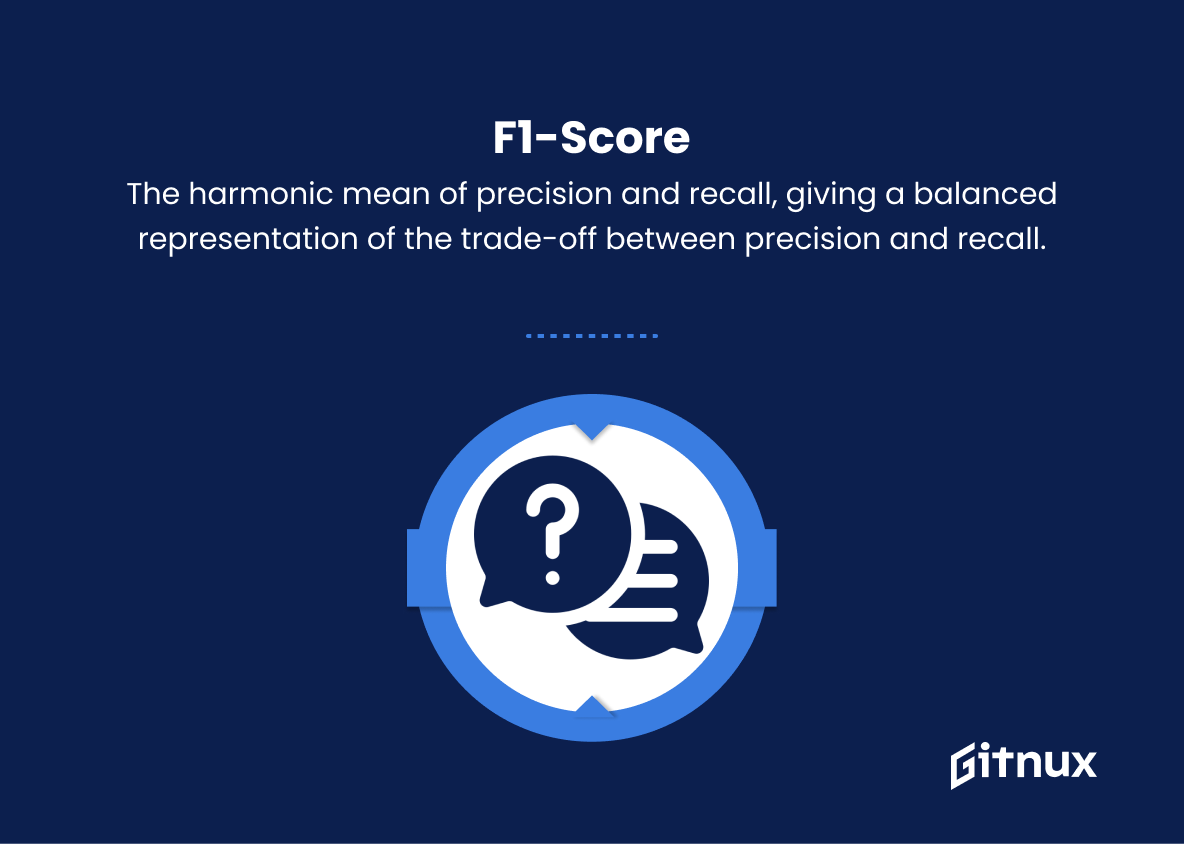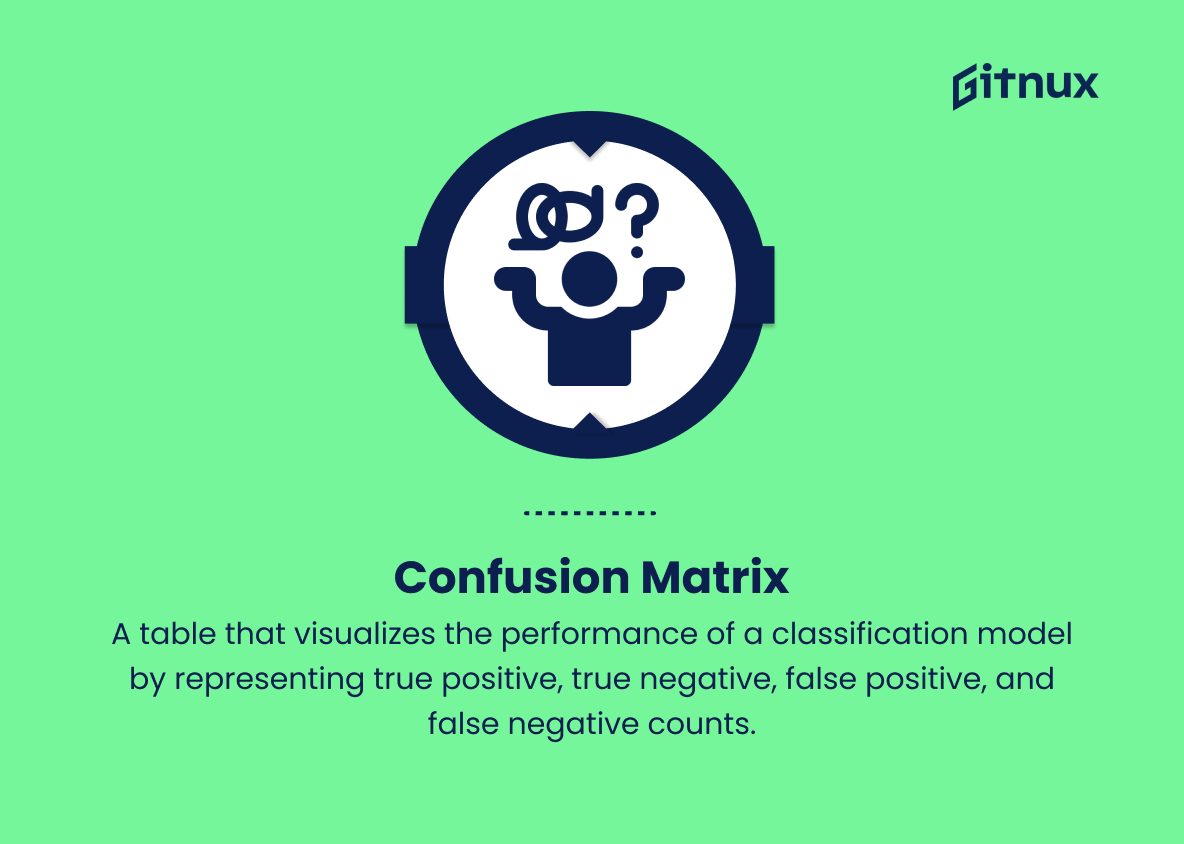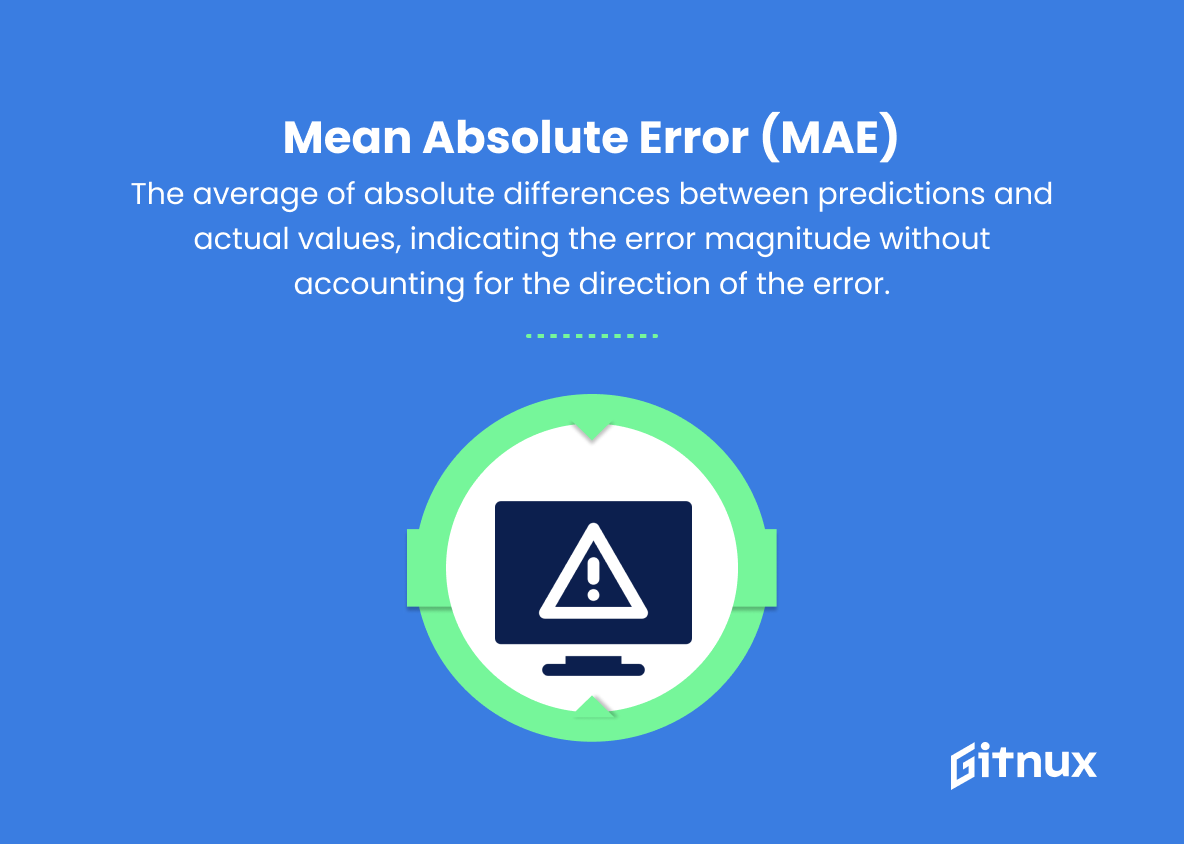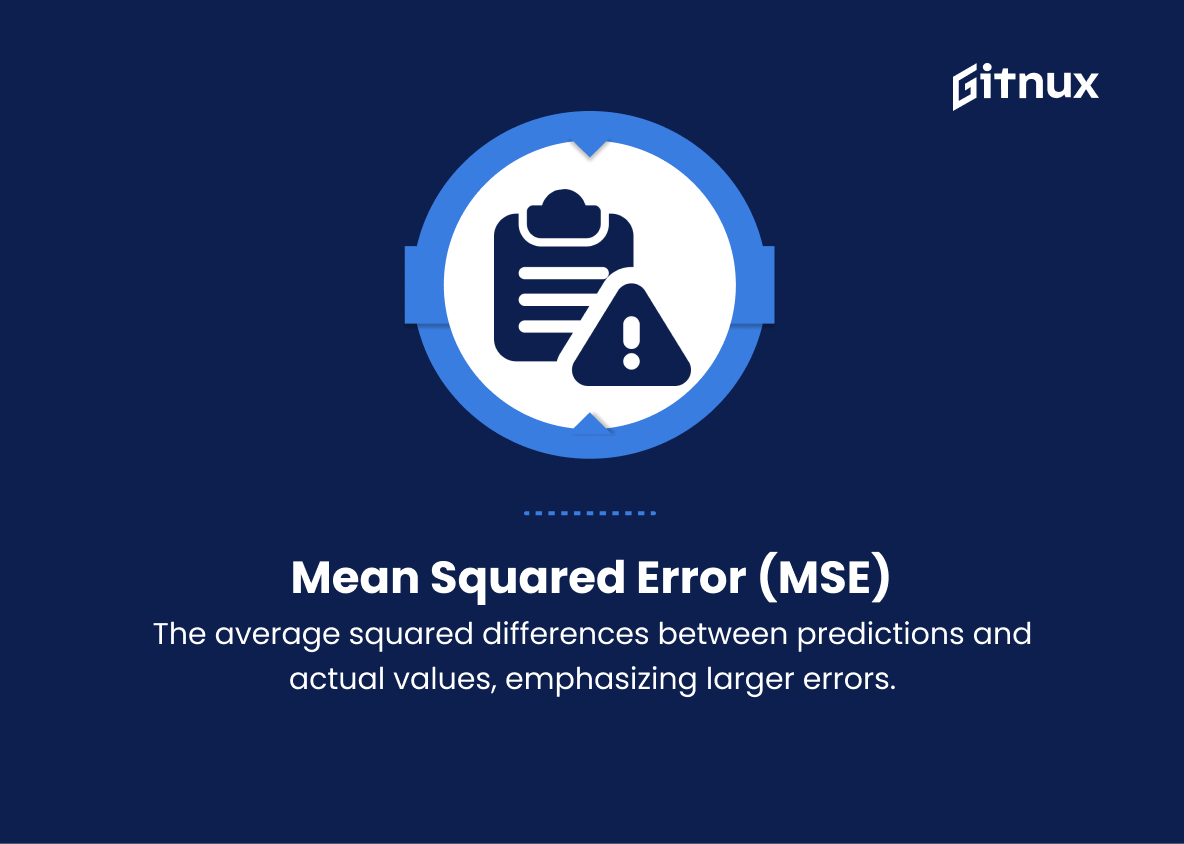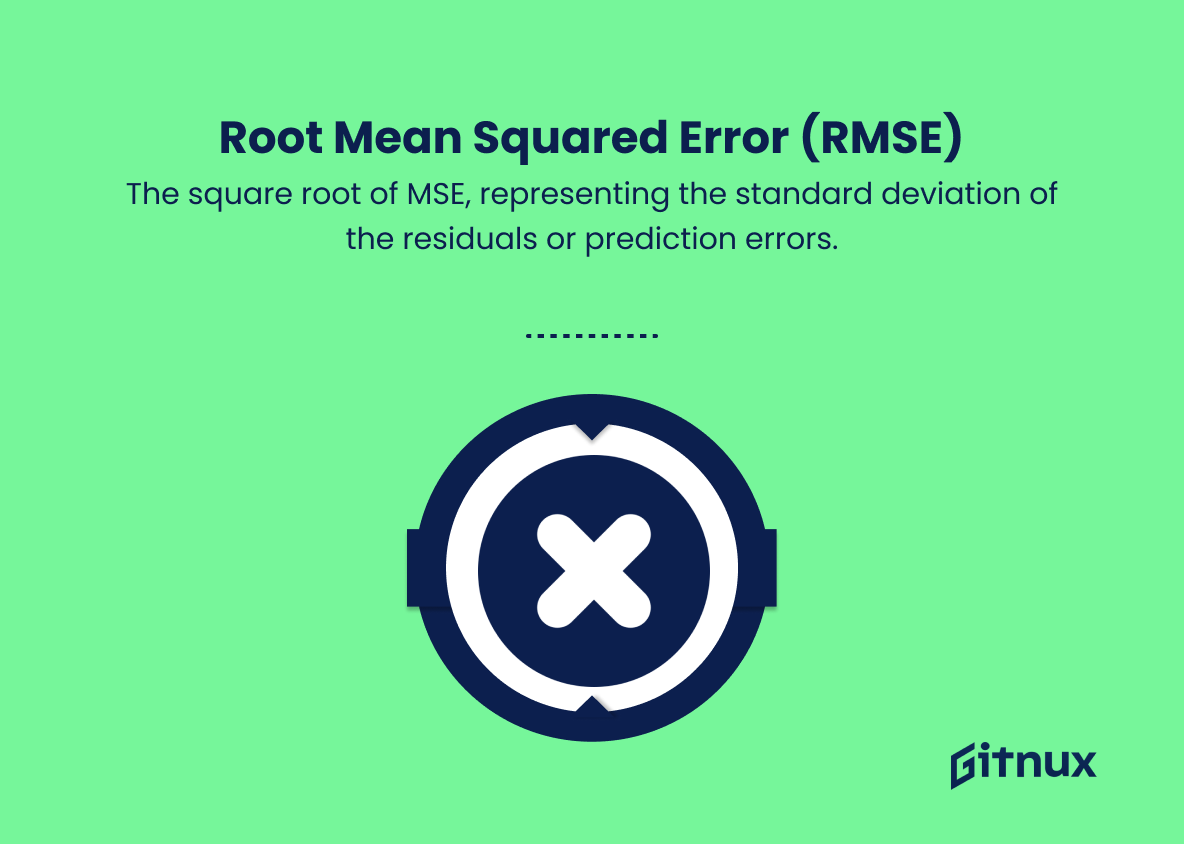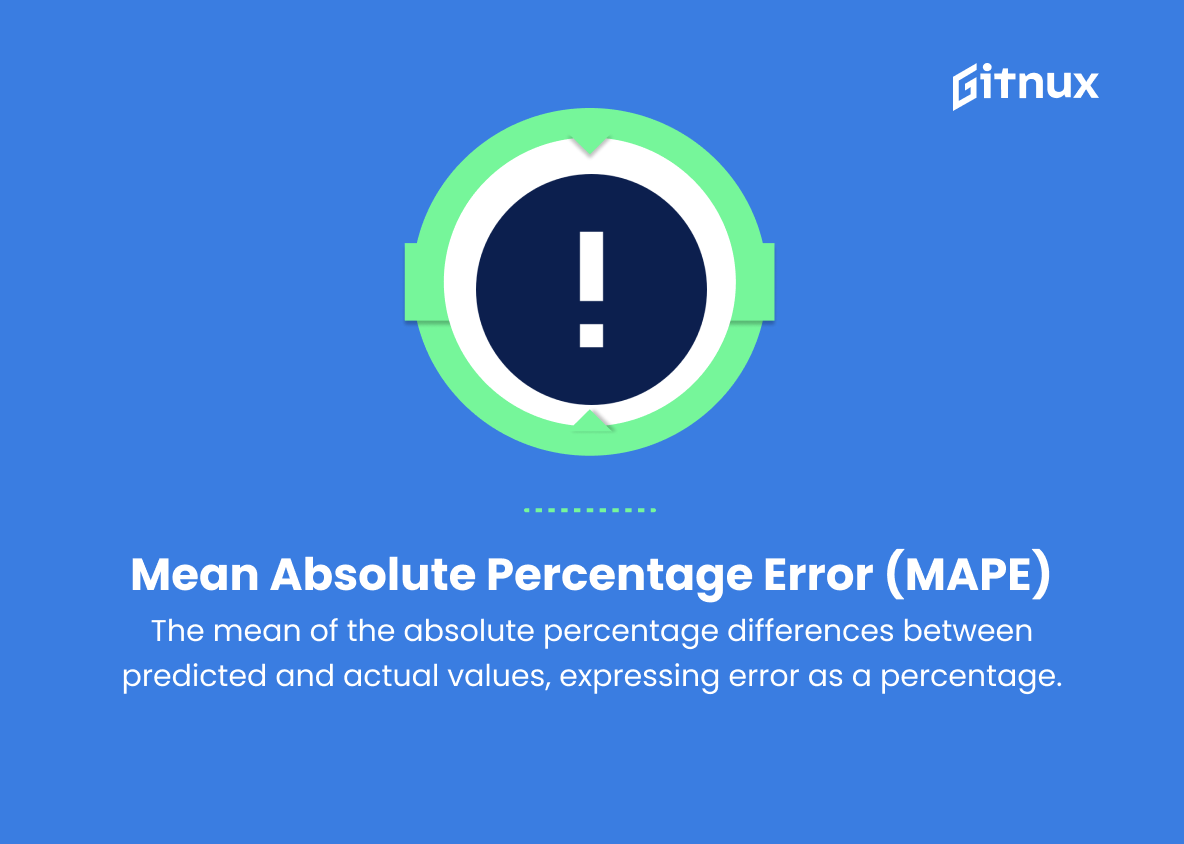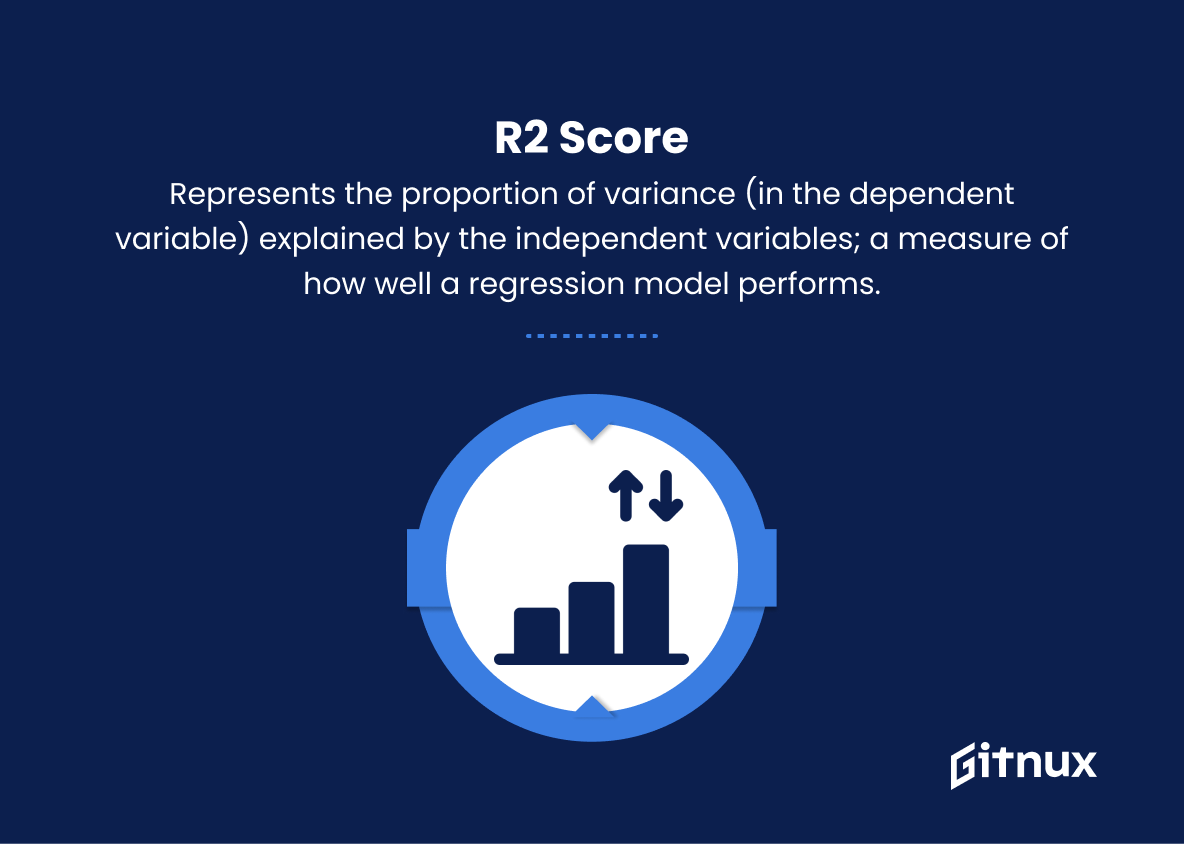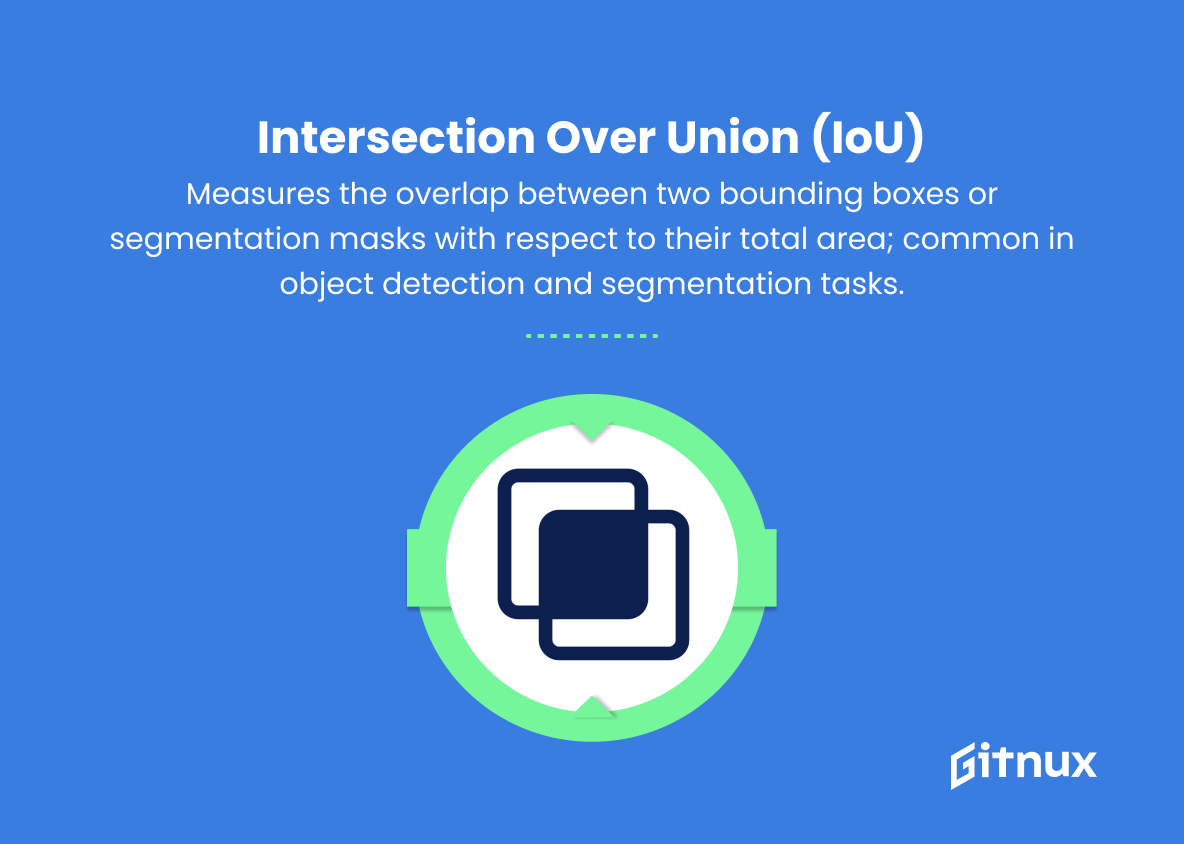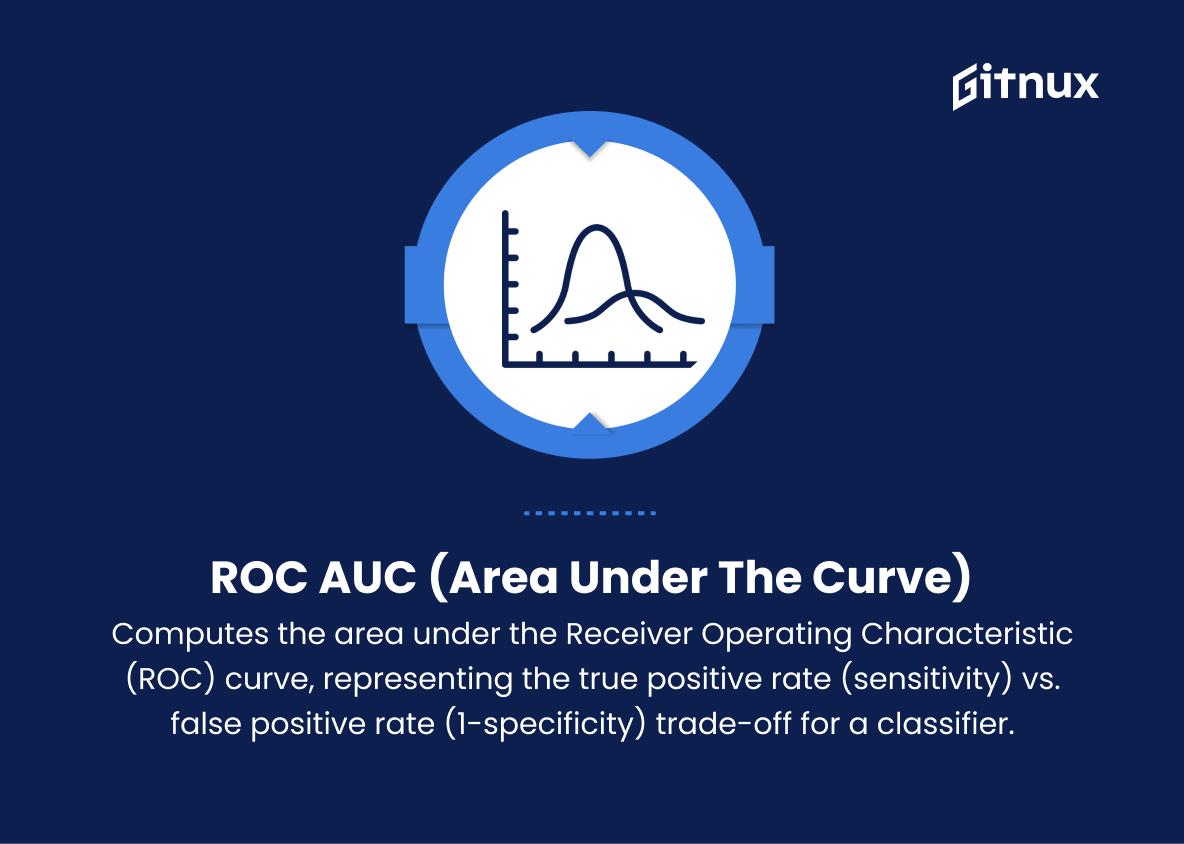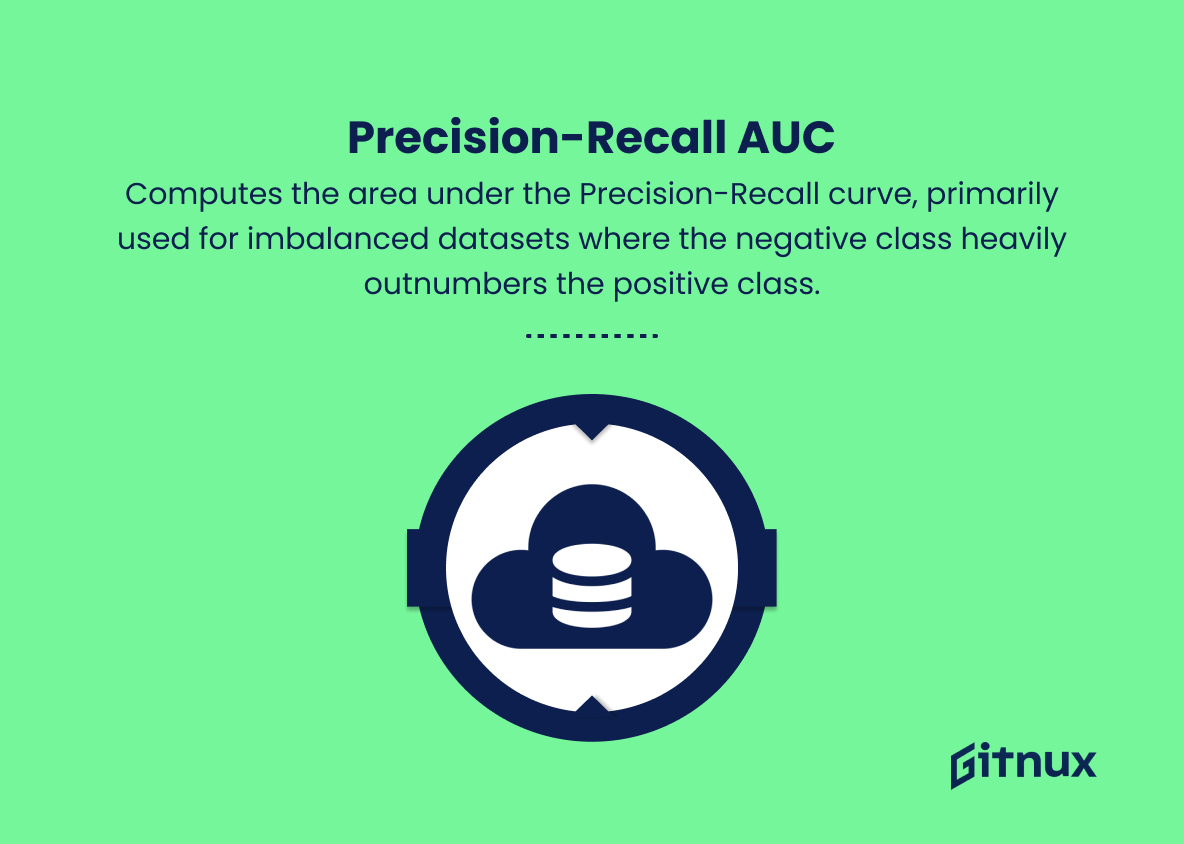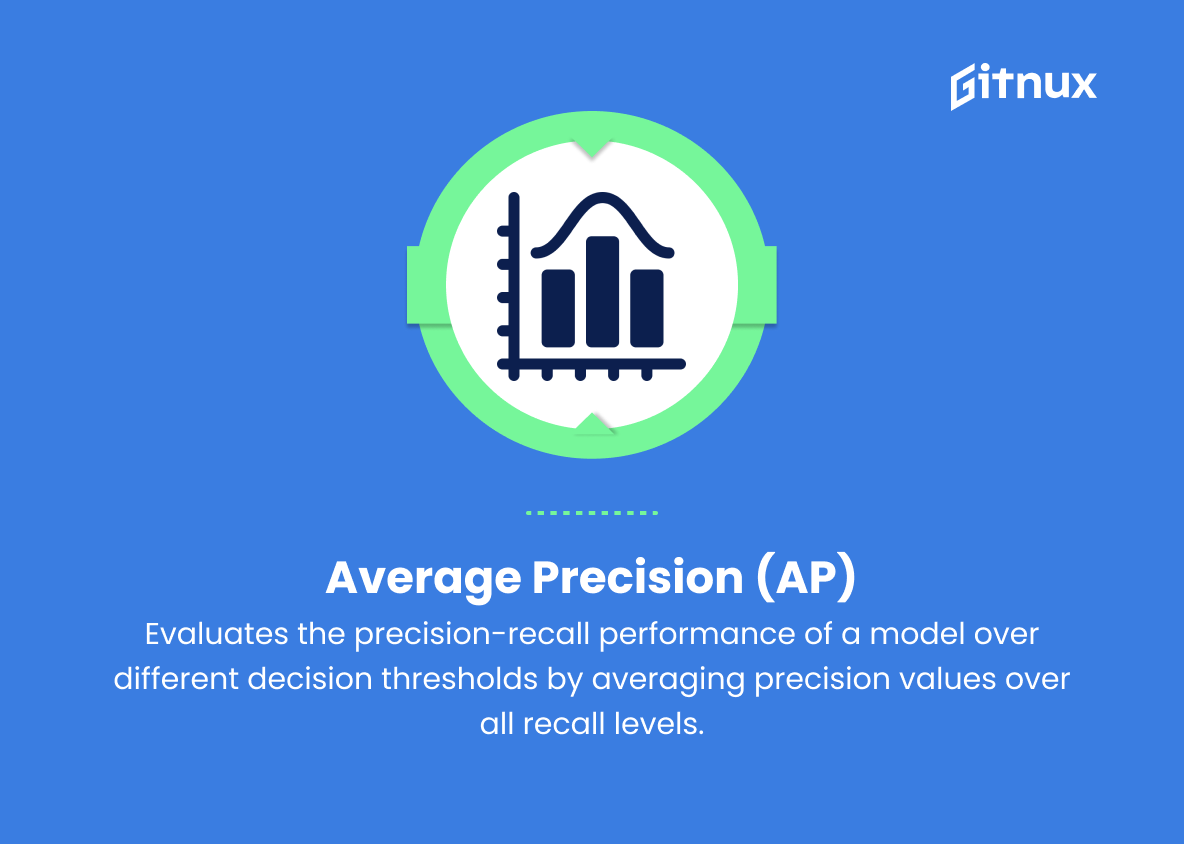In today’s data-driven world, the landscape of machine learning and deep learning is constantly evolving, enabling organizations to harness the power of sophisticated algorithms and models for solving complex problems. One such advancement is the emergence of PyTorch Lightning Metrics, a revolutionary tool designed to significantly improve the way we analyze and interpret performance in the realm of deep learning.
In this thought-provoking blog post, we will delve into the intricacies of PyTorch Lightning Metrics, uncovering its potential to transform the way we measure and optimize the effectiveness of our models. As we embark on this enlightening journey, prepare to gain a comprehensive understanding of this game-changing framework and its promise to elevate the standards of model evaluation and advancement in the field of artificial intelligence.
PyTorch Lightning Metrics You Should Know
PyTorch Lightning Metrics is a collection of ready-to-use, highly configurable metrics for PyTorch Lightning, designed for easy use, scalability, and seamless integration with Lightning’s existing API.
1. Accuracy
Calculates the percentage of correct predictions over the total number of predictions, applicable for classification tasks.
2. Precision
The proportion of true positives (TP) over the sum of TP and false positives (FP), measuring the model’s ability to correctly identify positive instances.
3. Recall
The proportion of true positives (TP) over the sum of TP and false negatives (FN), measuring the model’s ability to identify all the relevant instances.
4. F1-Score
The harmonic mean of precision and recall, giving a balanced representation of the trade-off between precision and recall.
5. Confusion Matrix
A table that visualizes the performance of a classification model by representing true positive, true negative, false positive, and false negative counts.
6. Mean Absolute Error (MAE)
The average of absolute differences between predictions and actual values, indicating the error magnitude without accounting for the direction of the error.
7. Mean Squared Error (MSE)
The average squared differences between predictions and actual values, emphasizing larger errors.
8. Root Mean Squared Error (RMSE)
The square root of MSE, representing the standard deviation of the residuals or prediction errors.
9. Mean Absolute Percentage Error (MAPE)
The mean of the absolute percentage differences between predicted and actual values, expressing error as a percentage.
10. R2 Score
Represents the proportion of variance (in the dependent variable) explained by the independent variables; a measure of how well a regression model performs.
11. Dice Coefficient
Measures the similarity between two sets of data; specifically used in image segmentation tasks to assess the degree of overlap between predicted and ground truth masks.
12. Intersection over Union (IoU)
Measures the overlap between two bounding boxes or segmentation masks with respect to their total area; common in object detection and segmentation tasks.
13. ROC AUC (Area Under the Curve)
Computes the area under the Receiver Operating Characteristic (ROC) curve, representing the true positive rate (sensitivity) vs. false positive rate (1-specificity) trade-off for a classifier.
14. Precision-Recall AUC
Computes the area under the Precision-Recall curve, primarily used for imbalanced datasets where the negative class heavily outnumbers the positive class.
15. Average Precision (AP)
Evaluates the precision-recall performance of a model over different decision thresholds by averaging precision values over all recall levels.
16. Matthews Correlation Coefficient (MCC)
Measures the quality of binary and multiclass classifications by evaluating the correlation between the true and predicted classes. It ranges from -1 to 1, with -1 being complete disagreement and 1 being complete agreement.
17. Perplexity
Measures the predictive quality of a probabilistic language model by calculating the exponential of the cross-entropy between the true and predicted probability distributions.
These metrics cover various domains and can be used according to the specific requirements of the task at hand. There might be other task-specific metrics available in the PyTorch Lightning ecosystem as well.
PyTorch Lightning Metrics Explained
PyTorch Lightning Metrics is an essential collection of pre-built, configurable metrics that enhance the PyTorch Lightning framework across a variety of domains. By providing comprehensive measures like accuracy, precision, recall, F1-score, and others, Lightning Metrics ensures a reliable evaluation of classification and regression models. They are particularly helpful in image segmentation tasks, as metrics like Dice Coefficient and Intersection over Union (IoU) provide an accurate assessment of model performance.
Additionally, metrics such as ROC AUC, Precision-Recall AUC, and Average Precision offer valuable insights into binary and multiclass classifications, particularly for imbalanced datasets. With options like Matthews Correlation Coefficient and Perplexity for specialized evaluations, PyTorch Lightning Metrics delivers an extensive range of robust tools for any machine learning task.
Conclusion
In summary, Pytorch Lightning Metrics serves as a powerful and efficient tool for improving and streamlining machine learning and deep learning tasks. By incorporating this framework into your projects, you can benefit from its enhanced capabilities in handling complex calculations, reproducibility, and seamless scalability.
Furthermore, with its user-friendly design and strong community backing, Pytorch Lightning Metrics paves the way for both novice and experienced researchers to advance their work in the ever-evolving field of artificial intelligence. With the continuous growth of resources and support surrounding Pytorch Lightning Metrics, it will undoubtedly revolutionize how we approach model evaluation and performance optimization in the future.
